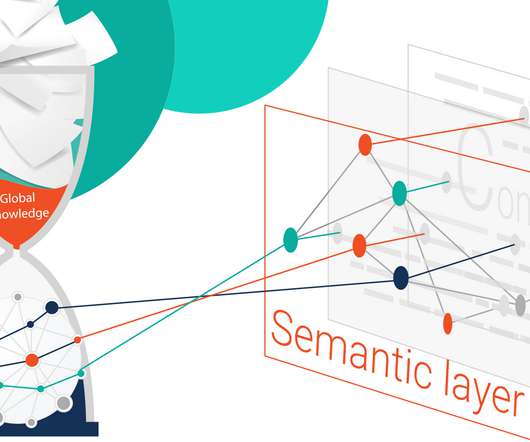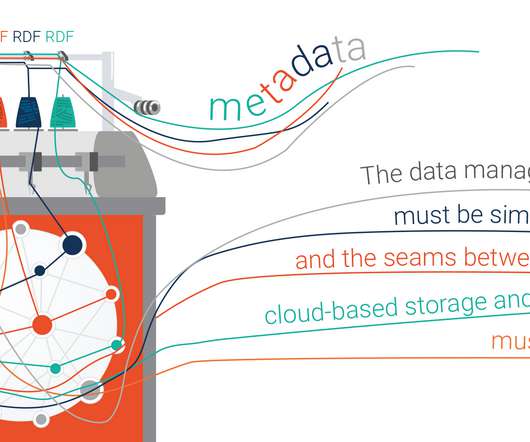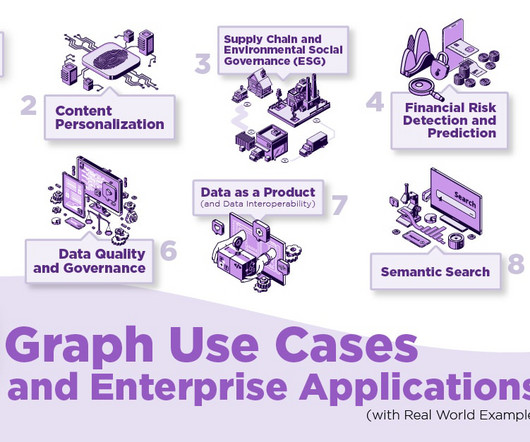On the Hunt for Patterns: from Hippocrates to Supercomputers
Ontotext
MAY 18, 2020
Ever since Hippocrates founded his school of medicine in ancient Greece some 2,500 years ago, writes Hannah Fry in her book Hello World: Being Human in the Age of Algorithms , what has been fundamental to healthcare (as she calls it “the fight to keep us healthy”) was observation, experimentation and the analysis of data.













Let's personalize your content